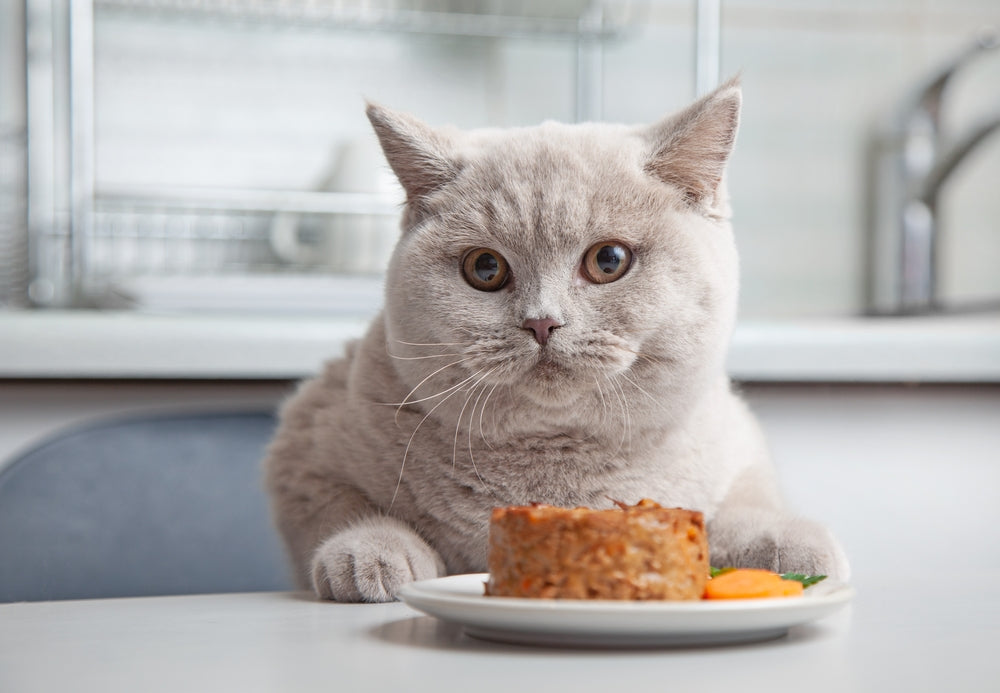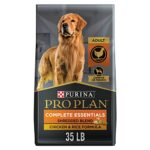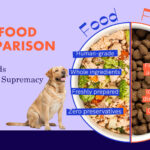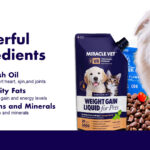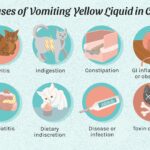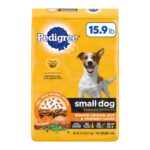How Long Can Wet Cat Food Sit Out for 1-2 hours before spoiling. After this time, it should be discarded.
Feeding your cat wet food provides essential nutrients and hydration. However, it’s crucial to monitor how long the food sits out. Bacteria can grow quickly in moist environments, leading to potential health risks for your cat. Always store unused portions in the refrigerator and serve fresh portions at each feeding.
This practice ensures your cat enjoys a healthy, balanced diet without the risk of foodborne illnesses. Proper handling of wet cat food promotes your pet’s overall well-being and keeps their digestive system in top shape. Make sure to clean feeding bowls regularly to maintain hygiene.
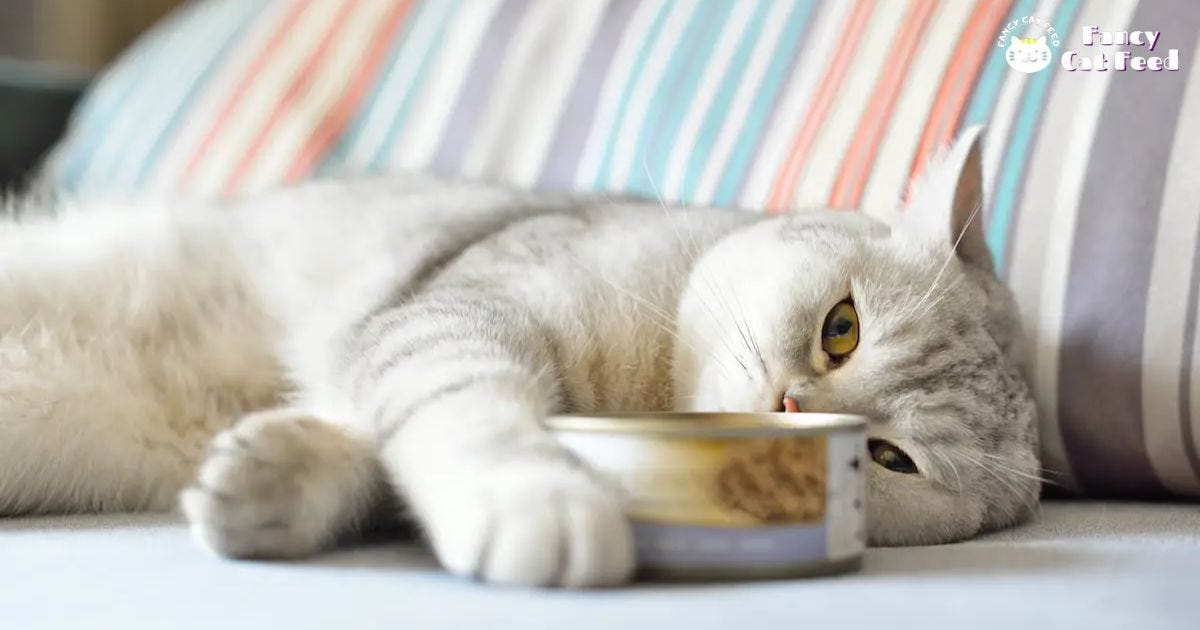
Credit: medium.com
The Shelf Life Of Wet Cat Food
Wet cat food is a tasty treat for your feline friend. But how long can it sit out before it becomes unsafe? Understanding the shelf life of wet cat food is crucial.
Factors Affecting Freshness
Several factors affect the freshness of wet cat food. These include:
- Temperature: Warm weather can spoil the food faster.
- Humidity: High humidity can promote bacteria growth.
- Air Exposure: Air can dry out the food, making it less appealing.
Typical Lifespan Once Opened
Once opened, wet cat food has a short lifespan. Keep these timelines in mind:
| Condition | Maximum Time |
|---|---|
| Room Temperature | 4 hours |
| Refrigerated | 24 hours |
Always check the food for signs of spoilage. If in doubt, throw it out to keep your cat safe.
Risks Of Leaving Wet Food Out
Wet cat food can spoil quickly. Leaving it out can be dangerous. It may pose risks to your pet’s health. Let’s explore the potential dangers.
Bacterial Growth Concerns
Bacteria thrive in wet food. They multiply fast in warm conditions. Stale food becomes a breeding ground for harmful germs. This can lead to serious issues. Using a table can help understand bacterial growth over time.
| Time Left Out | Risk Level |
|---|---|
| 0-1 hour | Low |
| 1-2 hours | Moderate |
| 2+ hours | High |
Always remember to remove uneaten food. It prevents bacterial growth.
Health Implications For Cats
Stale food can make cats sick. They might suffer from food poisoning. Symptoms include vomiting and diarrhea. This can lead to dehydration. Cats may also develop allergies. Mold can grow on old food. It produces harmful toxins.
To keep your cat healthy, follow these tips:
- Feed small portions.
- Store leftovers properly.
- Use airtight containers.
These steps ensure your cat enjoys fresh food. Remember, a healthy cat is a happy cat.
Optimal Feeding Practices
Feeding your cat wet food requires attention to detail. Leaving wet cat food out too long can lead to spoilage. This can harm your cat’s health. Knowing optimal feeding practices ensures your cat’s safety and well-being.
Recommended Feeding Times
Cats benefit from regular feeding schedules. It’s best to feed wet food twice daily. Morning and evening feedings are ideal. This helps maintain a consistent routine. It also reduces the risk of food spoilage.
Wet cat food should not sit out for more than 2 hours. After this time, bacteria can grow. This can make the food unsafe to eat. Always remove uneaten food after 2 hours.
Proper Storage Between Feedings
Storing wet cat food properly is crucial. Opened cans should be refrigerated. Use an airtight container to keep the food fresh. This prevents bacteria from contaminating the food.
Here is a simple guide for proper storage:
- Refrigerate opened cans immediately.
- Store in airtight containers to lock in freshness.
- Use refrigerated food within 48 hours.
- Label containers with the opening date.
Follow these storage tips to ensure your cat’s food stays fresh. Proper storage helps maintain the nutritional value of the food. It also prevents spoilage and waste.
Recognizing Spoiled Cat Food
Understanding how to spot spoiled cat food is crucial for your pet’s health. Wet cat food can spoil quickly, leading to health risks. Ensuring the food is fresh will help keep your cat happy and healthy.
Visual And Olfactory Clues
Look for changes in color and texture. Fresh wet cat food should have a consistent appearance. Spoiled food might appear darker or discolored. Check for mold or unusual spots.
Smell the food. Fresh wet cat food should have a mild, pleasant scent. Spoiled food often has a strong, sour, or rotten odor. This is a clear sign it’s time to discard it.
When To Discard Food
Always follow the manufacturer’s guidelines. Typically, wet cat food should not sit out for more than 4 hours. If the room temperature is higher, the time decreases. In hot weather, discard the food after 2 hours.
Use a table for quick reference:
| Room Temperature | Max Time to Leave Out |
|---|---|
| Below 70°F (21°C) | Up to 4 hours |
| Above 70°F (21°C) | Up to 2 hours |
Follow these guidelines to ensure your cat’s food stays fresh. Your pet’s health depends on it.
Temperature’s Role In Food Safety
Understanding the role of temperature in food safety is crucial. This is especially true for wet cat food. Temperature affects the freshness and safety of the food. Proper management ensures your cat stays healthy.
Room Temperature Versus Outdoor Settings
Room temperature is usually between 68°F and 72°F. Wet cat food should not sit out for more than 4 hours at this temperature. Beyond this time, bacteria start to grow. This can make your cat sick.
In outdoor settings, the temperature can vary greatly. On hot days, food can spoil quickly. Wet cat food should not sit out for more than 1-2 hours. In cooler weather, the food might last a bit longer. But it’s still safer to bring it in after 4 hours.
Seasonal Considerations
During summer, the heat can spoil wet cat food rapidly. Always keep an eye on the time. In winter, the cold can help preserve the food. But do not let it freeze.
Avoid placing the food in direct sunlight. This speeds up the spoiling process. Instead, find a shaded spot if outside.
| Setting | Safe Time |
|---|---|
| Room Temperature | Up to 4 hours |
| Outdoor on Hot Day | 1-2 hours |
| Outdoor on Cool Day | Up to 4 hours |
Following these guidelines ensures your cat’s food stays safe and fresh.
Hygienic Handling Of Cat Food
Proper handling of wet cat food ensures your cat stays healthy. Cleanliness is key to prevent contamination and spoilage. Follow these tips for safe and hygienic feeding.
Utensil And Surface Sanitation
Always use clean utensils to serve wet cat food. Dirty utensils can introduce bacteria. Wash bowls and spoons with hot, soapy water after every use.
Sanitize surfaces before and after feeding. Wipe down countertops and feeding areas with a pet-safe disinfectant. This practice helps to keep harmful germs at bay.
Consider having a dedicated set of utensils for your cat’s food. This minimizes the risk of cross-contamination with human food.
| Task | Frequency |
|---|---|
| Wash utensils | After every use |
| Sanitize surfaces | Before and after feeding |
| Use dedicated utensils | Always |
Personal Hygiene While Serving
Wash your hands before and after handling cat food. This prevents the spread of bacteria. Use soap and water, scrubbing for at least 20 seconds.
Avoid touching your face or other surfaces while preparing your cat’s meal. This keeps germs from spreading.
Wear gloves if you have cuts or sores on your hands. This protects both you and your cat from potential infections.
- Wash hands before and after handling food
- Avoid touching your face or other surfaces
- Wear gloves if you have cuts or sores
The Two-hour Rule
Understanding how long wet cat food can sit out is crucial. The Two-Hour Rule is a guideline many pet owners follow. This rule ensures your cat’s food stays fresh and safe. Let’s explore the origins and how to apply it to cat feeding.
Origin And Rationale
The Two-Hour Rule originates from food safety guidelines. These guidelines help prevent bacterial growth in food. Wet cat food, like human food, can spoil quickly. If left out too long, it becomes a breeding ground for bacteria.
Temperature plays a big role in food safety. Bacteria thrive between 40°F and 140°F, known as the Danger Zone. Wet cat food left out within this temperature range can spoil in just two hours. This is why the Two-Hour Rule is so important.
Applying It To Cat Feeding
Applying the Two-Hour Rule to your cat’s feeding routine is simple. Always remove any uneaten wet food after two hours. This helps prevent your cat from eating spoiled food.
- Serve small portions to avoid waste.
- Store leftover food in the refrigerator immediately.
- Use airtight containers for storage.
Below is a quick reference table to help you manage wet cat food safely:
| Action | Time |
|---|---|
| Remove uneaten food | 2 hours |
| Refrigerate leftovers | Immediately |
| Store in airtight container | Immediately |
Following these tips ensures your cat’s food remains fresh and safe. The Two-Hour Rule is a simple yet effective guideline. Keeping your cat’s food safe is crucial for their health.
Alternatives To Leaving Food Out
Leaving wet cat food out for too long can be dangerous. Bacteria can grow and make your cat sick. There are better ways to feed your cat. Below are some great alternatives to leaving food out.
Automated Feeders
Automated feeders can help keep your cat’s food fresh. These devices dispense food at set times. You can program them to fit your cat’s schedule.
Here are some benefits of automated feeders:
- Convenience: Feed your cat without being home.
- Freshness: Food stays fresh until it’s time to eat.
- Portion Control: Prevents overeating and waste.
Consider these features when choosing an automated feeder:
| Feature | Benefit |
|---|---|
| Programmable Timer | Set specific feeding times. |
| Multiple Compartments | Store several meals at once. |
| Cooling Function | Keep wet food fresh longer. |
Timed Feeding Strategies
Using timed feeding strategies can also help. This involves feeding your cat at regular intervals.
Here are some tips for timed feeding:
- Feed your cat twice a day.
- Remove uneaten food after 30 minutes.
- Store leftover food in the refrigerator.
Timed feeding has many advantages:
- Improved Digestion: Regular meals aid digestion.
- Better Weight Control: Prevents overeating.
- Stronger Bond: Your cat will look forward to meal times with you.
Signs Your Cat May Be Affected
Wet cat food can spoil quickly. If your cat eats spoiled food, it may get sick. Knowing the signs your cat may be affected is crucial. This will help you take action quickly.
Symptoms Of Foodborne Illness
If your cat eats spoiled food, it may show these symptoms:
- Vomiting: Your cat may vomit soon after eating.
- Diarrhea: This is a common sign of foodborne illness.
- Lethargy: Your cat may seem tired or less active.
- Loss of Appetite: Your cat may refuse to eat.
- Fever: Check if your cat feels warmer than usual.
When To Contact The Vet
Knowing when to contact the vet can save your cat’s life. Look out for these serious signs:
- Continuous Vomiting: If your cat can’t stop vomiting, call the vet.
- Severe Diarrhea: Frequent, watery stools need urgent attention.
- Extreme Lethargy: If your cat won’t move or respond, it’s an emergency.
- Dehydration: Signs include dry mouth or sunken eyes.
- High Fever: If your cat’s body feels very hot, seek help.
Keep an eye on your cat. Acting quickly can prevent serious health issues.
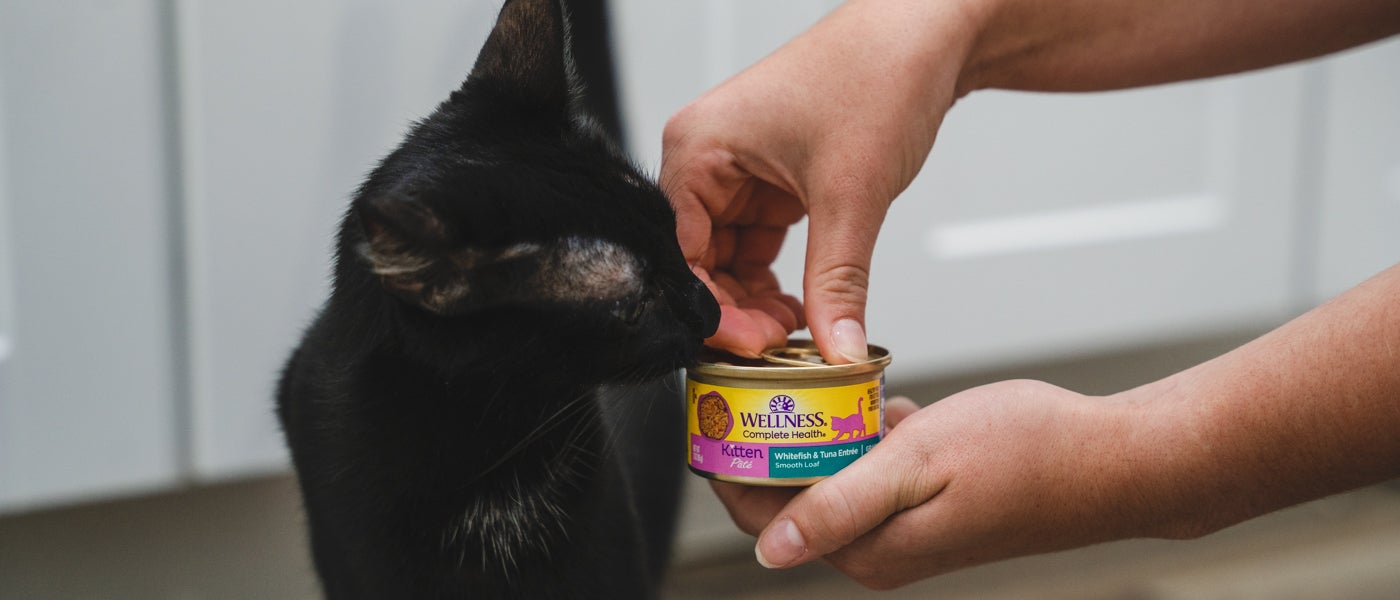
Credit: www.wellnesspetfood.com
The Role Of Preservatives
Preservatives play a crucial role in wet cat food. They help maintain freshness and prevent spoilage. Understanding how preservatives work can help you keep your cat’s food safe.
Natural Vs. Artificial
There are two main types of preservatives: natural and artificial. Natural preservatives include ingredients like vitamin E and vitamin C. These are safe and commonly used. Artificial preservatives, such as BHA and BHT, are synthetic chemicals. They extend shelf life but may have side effects.
Natural preservatives:
- Vitamin E (Tocopherols)
- Vitamin C (Ascorbic Acid)
- Rosemary Extract
Artificial preservatives:
- BHA (Butylated Hydroxyanisole)
- BHT (Butylated Hydroxytoluene)
- Ethoxyquin
Impact On Food Longevity
Preservatives directly affect how long wet cat food can sit out. Natural preservatives provide a shorter shelf life. Wet cat food with natural preservatives may spoil faster.
Artificial preservatives can extend the shelf life. This means the food can sit out longer. Yet, long exposure still risks bacterial growth.
| Type of Preservative | Longevity |
|---|---|
| Natural | Shorter |
| Artificial | Longer |
Wet cat food should not sit out for more than 4 hours. Even with artificial preservatives, it’s safer to refrigerate leftovers promptly.
Monitoring the time food sits out can protect your cat’s health. Always check the label for preservatives used. This will guide you on how long the food can safely sit out.
Portion Control Tips
Feeding your cat the right amount of wet food is essential. It keeps the food fresh and your cat healthy. Let’s dive into some handy tips for portion control.
Calculating Proper Serving Sizes
Knowing how much wet food to serve your cat is crucial. Use the feeding guidelines on the can. These usually suggest portions based on your cat’s weight.
| Cat’s Weight | Daily Serving |
|---|---|
| 5 lbs | 3 oz |
| 10 lbs | 5 oz |
| 15 lbs | 7 oz |
Use a measuring cup to ensure accuracy. Divide the total daily serving into multiple meals.
Avoiding Waste
Leaving wet cat food out for too long causes waste. It spoils quickly and becomes unsafe to eat. Follow these tips to minimize waste:
- Serve small portions: Only serve what your cat will eat in one sitting.
- Store leftovers properly: Use airtight containers to keep leftovers fresh.
- Refrigerate unused portions: Store any uneaten food in the fridge right away.
If your cat doesn’t finish their food, remove it after 1 hour. This keeps the food safe and your cat healthy.
Safe Transition To Dry Food
Transitioning your cat from wet food to dry food can be tricky. It’s important to do it gradually and carefully. This ensures your cat’s digestive system adjusts properly. Below are steps to make the change smooth and safe.
Introducing New Diets
Start by mixing a small amount of dry food with wet food. Gradually increase the amount of dry food each day. This slow process helps your cat get used to the new texture. Watch for any signs of digestive issues.
- Day 1-3: 75% wet food, 25% dry food
- Day 4-6: 50% wet food, 50% dry food
- Day 7-9: 25% wet food, 75% dry food
- Day 10: 100% dry food
Keep fresh water available at all times. Cats need more water when eating dry food.
Benefits Of Dry Food Storage
Dry food has several storage advantages. It stays fresh longer compared to wet food. You can leave it out for your cat to nibble on throughout the day.
Store dry food in an airtight container. This keeps it fresh and free from pests. Below is a table of dry food storage benefits:
| Benefit | Description |
|---|---|
| Long Shelf Life | Dry food lasts longer than wet food. |
| Convenience | Easy to store and serve. |
| Cost-Effective | Less waste and more economical. |
| Health Benefits | Helps keep teeth clean. |
Ensuring proper storage is key for maintaining the quality of dry food. Your cat will enjoy the benefits of a fresh, nutritious diet.
Probiotics And Cat Food Safety
Probiotics are beneficial bacteria that improve your cat’s digestive health. They help maintain a balanced gut environment. This can reduce the risk of digestive issues. But how do probiotics affect the safety of wet cat food left out?
Boosting Digestive Health
Probiotics in wet cat food can boost your cat’s digestive health. They aid in breaking down food efficiently. This ensures your cat absorbs maximum nutrients. A healthy gut can also fend off harmful bacteria. Probiotics can help in the overall immune system of your cat.
Potential For Extending Freshness
Probiotics can potentially extend the freshness of wet cat food. They can slow the growth of harmful bacteria. This can make the food safer for a longer period. But it’s crucial to note that this doesn’t mean the food can sit out indefinitely.
| Factors | Impact on Wet Cat Food |
|---|---|
| Temperature | Higher temperatures can spoil food faster. |
| Humidity | High humidity can promote bacterial growth. |
| Probiotic Content | Higher probiotics may extend freshness slightly. |
Always use fresh wet cat food. Discard any food left out for more than 2 hours. This ensures your cat’s safety and health.
Emergency Preparedness For Pet Owners
Emergencies can happen at any time. As a pet owner, being prepared is crucial. Ensuring your cat has safe food during a crisis is vital. Wet cat food can spoil quickly. Knowing how to manage it is key.
Storing Wet Food During Power Outages
Power outages can cause problems with storing wet cat food. Keeping it cool is essential. Use a cooler with ice packs to store wet food. This will help maintain its freshness. If the power is out for long, monitor the ice packs.
If you have a generator, use it for your fridge. This will keep the food safe. Always have extra ice packs in your freezer. They can be a lifesaver in emergencies.
Maintaining Food Safety In Crisis
In a crisis, maintaining food safety is crucial. Always check the food for spoilage. Look for bad smells or mold. Do not feed spoiled food to your cat.
Keep a stock of canned wet food. These do not require refrigeration until opened. Rotate your stock to ensure freshness. If you have to evacuate, take your pet’s food with you.
Here is a quick checklist:
- Store wet food in a cooler with ice packs.
- Use a generator for your fridge if possible.
- Check for spoilage before feeding.
- Keep a stock of canned wet food.
- Rotate stock to ensure freshness.
- Take pet food with you if you evacuate.
Being prepared can save your pet’s health. Always plan ahead and keep your pet safe.
Educating Family On Feeding Safety
Feeding your cat the right way is very important. Everyone in the family should know how to do it safely. This helps keep your cat healthy. Wet cat food can spoil if left out too long. Teaching your family about safe feeding practices is key.
Creating A Feeding Schedule
Make a feeding schedule to keep the food fresh. Stick to regular times each day. Here is an example schedule:
| Time | Task |
|---|---|
| 7:00 AM | Feed breakfast |
| 12:00 PM | Check for leftover food |
| 6:00 PM | Feed dinner |
| 9:00 PM | Remove any uneaten food |
Wet cat food should not sit out for more than 2 hours. This prevents spoilage and keeps your cat safe.
Involving Kids In Safe Pet Care
Kids can help care for the cat too. Teach them the feeding schedule. Show them how to check for spoiled food. Here are some tips:
- Let kids help with feeding times.
- Teach them to look for signs of spoiled food.
- Make it a fun family activity.
Involving kids makes them feel responsible. They learn how to care for pets safely. It also helps them understand the importance of pet health. By following these steps, your family can ensure your cat stays healthy and happy.

Credit: www.tuftandpaw.com
Frequently Asked Questions
How Long Can Wet Cat Food Sit Out Before It Goes Bad?
Wet cat food should not sit out for more than 2 hours. Bacteria can grow quickly, making it unsafe.
How Long Does It Take Wet Cat Food To Spoil?
Wet cat food spoils within 2-4 hours at room temperature. Refrigerate opened cans and use within 5-7 days.
Does Wet Cat Food Need To Be Refrigerated After Opening?
Yes, wet cat food needs refrigeration after opening. Store it in an airtight container. Use within 3-5 days.
Is It Okay To Leave Cat Food Out All Day?
Yes, it’s okay to leave dry cat food out all day. Wet food should be removed after a few hours.
Conclusion
It’s crucial to monitor how long wet cat food sits out. Leaving it too long can lead to spoilage. Always prioritize your cat’s health by offering fresh food. Dispose of any uneaten wet food after two hours. This practice ensures your cat enjoys safe, nutritious meals.

